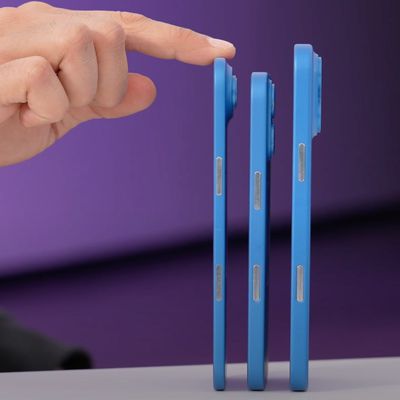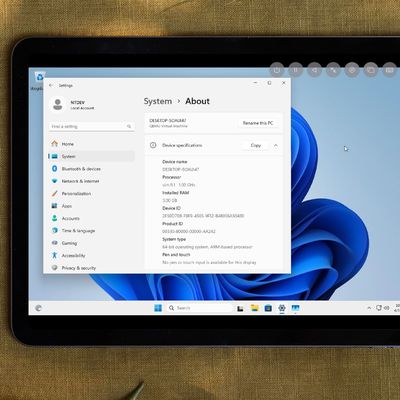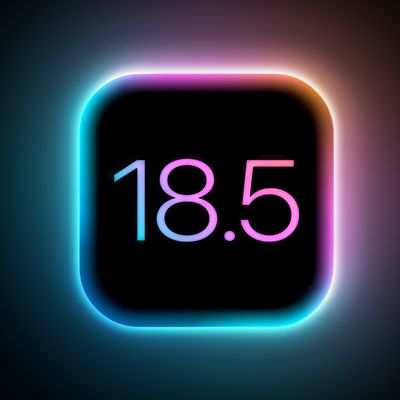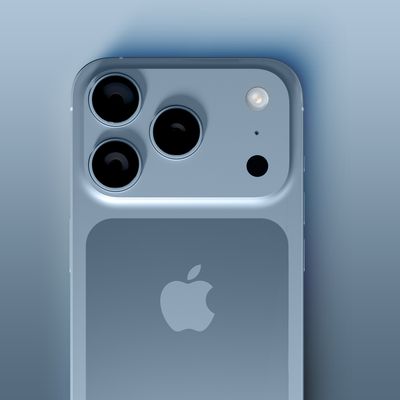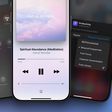Apple's Next iOS Release to Include Fix for Daylight Saving Time Bug
Last week, ZDNet Australia reported that Apple is planning to include in its next iOS software update a fix for an issue related to Daylight Saving Time that is currently plaguing users of the iPhone's alarm functionality in Australia and New Zealand.
The issue, which affects only recurring alarms set through the iPhone's "Clock" application, is resulting in alarms going off one hour earlier than their scheduled times. It
first appeared in New Zealand late last month as that country switched to Daylight Saving Time, and
reared its head in Australia earlier this month when that country made the switch.
Apple Australia told ZDNet Australia that a solution to the bug was already in the pipeline.
"We're aware of this issue and already developed a fix which will be available to customers in an upcoming software update," Apple said.
It is unclear when Apple plans to deploy the fix, but it seems reasonable to assume that Apple will want to patch the issue as quickly as possible as more countries switch to or from Daylight Saving Time in the coming weeks. Apple has already announced that it will be releasing iOS 4.2 in November, but that timeframe may not be soon enough for this fix, suggesting that an iOS 4.1.1 may make an appearance in the near future.
Popular Stories
Despite being more than two years old, Apple's AirPods Pro 2 still dominate the premium wireless‑earbud space, thanks to a potent mix of top‑tier audio, class‑leading noise cancellation, and Apple's habit of delivering major new features through software updates. With AirPods Pro 3 widely expected to arrive in 2025, prospective buyers now face a familiar dilemma: snap up the proven...
Apple plans to release an all-new super thin iPhone this year, debuting it alongside the iPhone 17, iPhone 17 Pro, and iPhone 17 Pro Max. We've seen pictures of dummy models, cases, and renders with the design, but Lewis Hilsenteger of Unbox Therapy today showed off newer dummy models that give us a better idea of just how thin the "iPhone 17 Air" will be.
The iPhone 17 Air is expected to be ...
A developer has demonstrated Windows 11 ARM running on an M2 iPad Air using emulation, which has become much easier since the EU's Digital Markets Act (DMA) regulations came into effect.
As spotted by Windows Latest, NTDev shared an instance of the emulation on social media and posted a video on YouTube (embedded below) demonstrating it in action. The achievement relies on new EU regulatory...
If you missed the video showing dummy models of Apple's all-new super thin iPhone 17 Air that's expected later this year, Sonny Dickson this morning shared some further images of the device in close alignment with the other dummy models in the iPhone 17 lineup, indicating just how thin it is likely to be in comparison.
The iPhone 17 Air is expected to be around 5.5mm thick – with a thicker ...
Apple's iPhone development roadmap runs several years into the future and the company is continually working with suppliers on several successive iPhone models simultaneously, which is why we often get rumored features months ahead of launch. The iPhone 17 series is no different, and we already have a good idea of what to expect from Apple's 2025 smartphone lineup.
If you skipped the iPhone...
Apple seeded the third beta of iOS 18.5 to developers today, and so far the software update includes only a few minor changes.
The changes are in the Mail and Settings apps.
In the Mail app, you can now easily turn off contact photos directly within the app, by tapping on the circle with three dots in the top-right corner.
In the Settings app, AppleCare+ coverage information is more...
While the iPhone 17 Pro and iPhone 17 Pro Max are not expected to launch until September, there are already plenty of rumors about the devices.
Below, we recap key changes rumored for the iPhone 17 Pro models as of April 2025:
Aluminum frame: iPhone 17 Pro models are rumored to have an aluminum frame, whereas the iPhone 15 Pro and iPhone 16 Pro models have a titanium frame, and the iPhone ...



